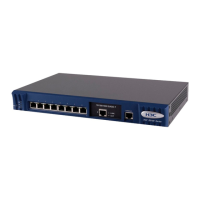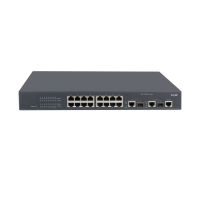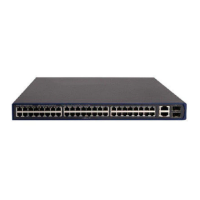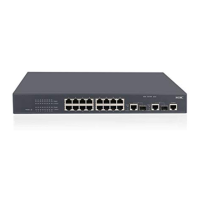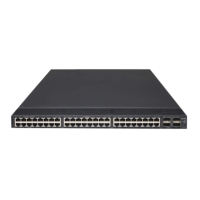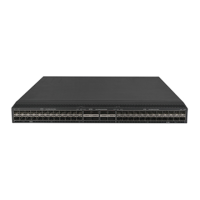Operation Manual – Link Aggregation
H3C S3600 Series Ethernet Switches-Release 1510 Chapter 1
Link Aggregation Configuration
1-7
In general, the system only provides limited load-sharing aggregation resources
(currently N/2 load-sharing aggregation groups can be created at most, N is the number
of ports), so the system needs to reasonably allocate the resources among different
aggregation groups.
The system always allocates hardware aggregation resources to the aggregation
groups with higher priorities. When load-sharing aggregation resources are used up by
existing aggregation groups, newly-created aggregation groups will be
non-load-sharing ones.
Load-sharing aggregation resources are allocated to aggregation groups in the
following order:
z An aggregation group containing special ports (such as 10GE port) which require
hardware aggregation resources has higher priority than any aggregation group
containing no special port.
z A manual or static aggregation group has higher priority than a dynamic
aggregation group (unless the latter contains special ports while the former does
not).
z For aggregation groups, the one that might gain higher speed if resources were
allocated to it has higher priority than others. If the groups can gain the same
speed, the one with smallest master port number has higher priority than other
groups.
When an aggregation group of higher priority appears, the aggregation groups of lower
priorities release their hardware resources. For single-port aggregation groups, they
can transceive packets normally without occupying aggregation resources
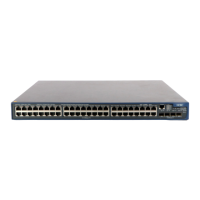
